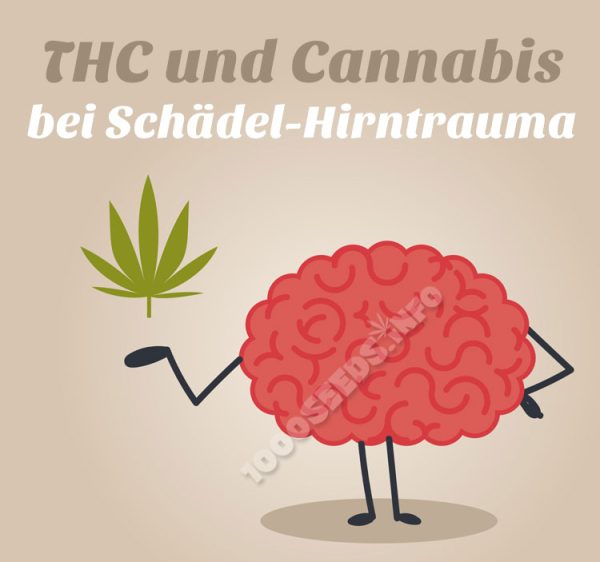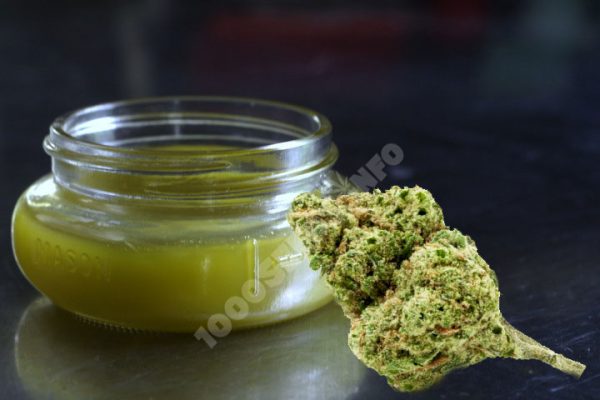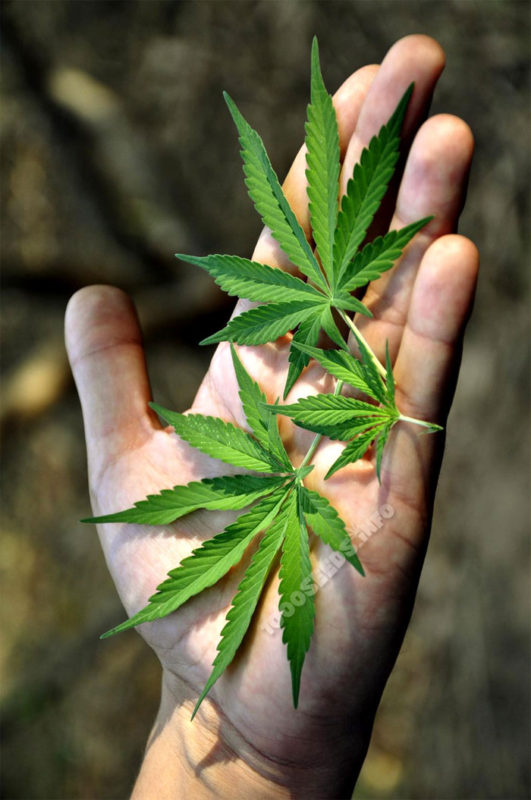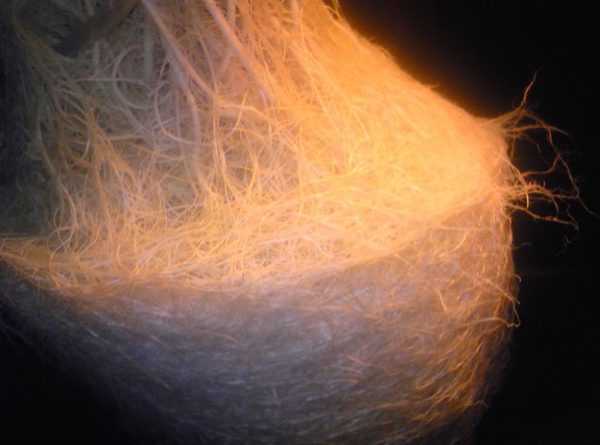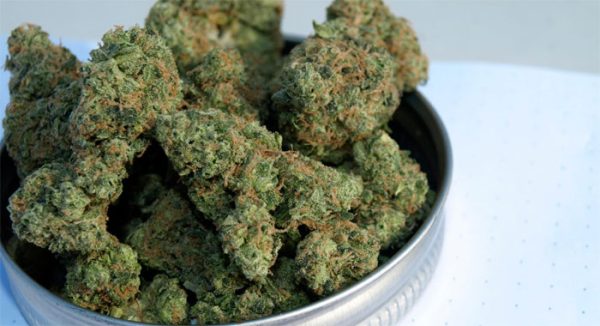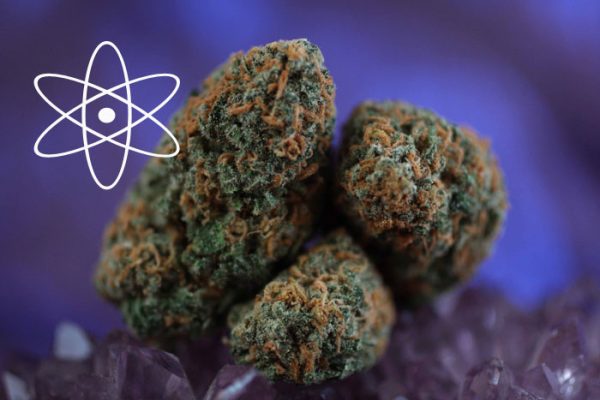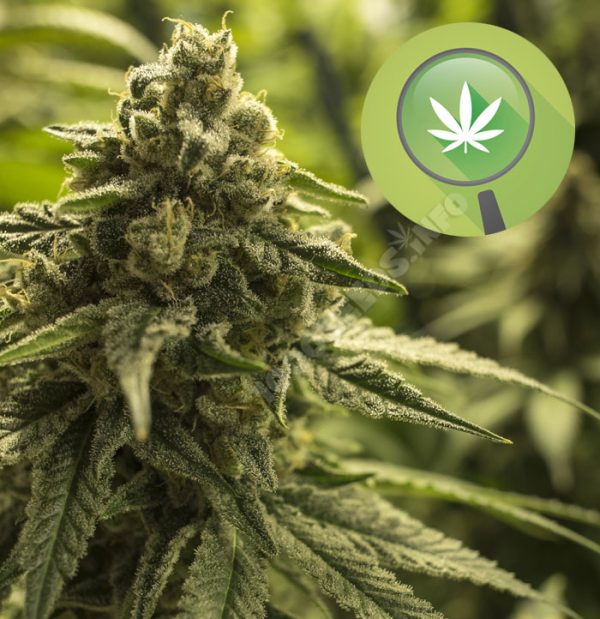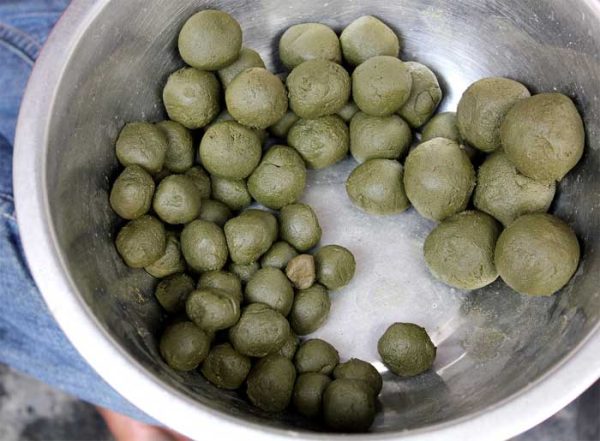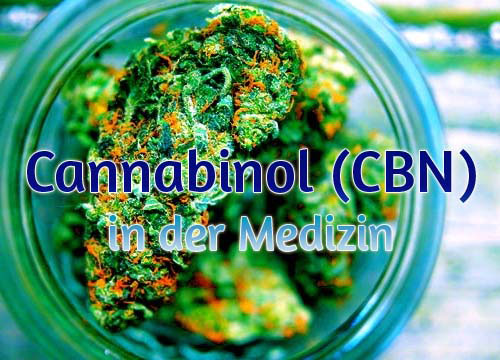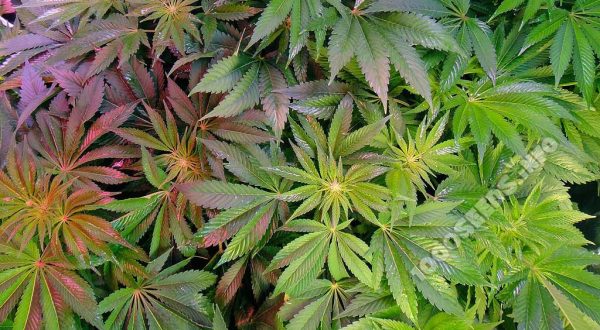Glossary Medical Cannabis

An Agonist is a molecule that activates a receptor. Morphine is an agonist that acts at the opioid receptors to exert its effects. THC is an agonist that acts on the cannabinoid receptors. Different agonists can activate a receptor.
An Antagonist prevents the activation of the receptor by blocking the agonist. For example, the opioid antagonist naloxone prevents the analgesic effect of morphine. Antagonists can act directly (they block the receptor) or indirectly (they deform the receptors so that the agonists cannot dock).
Anandamide is an endocannabinoid (cannabinoid produced by the body) that binds to the CB1 receptors. Its effects are mimicked by THC.
2-AG (2-arachidonoylglycerol) is also an endogenous (body's own) cannabinoid that binds to both CB1 and CB2 receptors. 2-AG is more abundant but less active than anandamide.
Cannabinoids are chemicals that activate the cannabinoid receptors. They were first discovered as active ingredients of cannabis, hence their name. There are more than 100 different cannabinoids in marijuana, they all have 21 carbon atoms in ring structure, with hydrogen and oxygen molecules in different places. The plants cannabinoids are Phytocannabinoids called, endogenous cannabinoids are called Endocannabinoids referred to as.
Cannabinoid receptors are protein receptors to which cannabinoids bind. Two types of cannabinoid receptors have been discovered. CB1 receptors are found primarily in the brain and central nervous system, especially in regions that regulate movement, sensory perception, cognition and emotion. CB2 receptors have been found primarily in tissues associated with the immune system and peripheral organs. A number of other receptors are involved in cannabinoid signalling that are not cannabinoid receptors in the strict sense.
CBC (cannabichrome) belongs to the cannabinoids that have received less attention so far. CBC does not occur in cannabis plants in such high concentrations as THC or CBD. It is assumed that CBC can inhibit inflammation and pain by enhancing and supporting the analgesic and anti-inflammatory effect of THC. A high CBC content in cannabis results in a "THC-strong" strain with a significantly higher potency. CBC alone has no psychoactive effect.
CBD (cannabidiol) is a non-psychoactive cannabinoid that directly activates various receptors and indirectly activates cannabinoid receptors. CBD has been scientifically shown to have anticonvulsant, antipsychotic, antioxidant, neuroprotective and immunomodulatory effects. One of its most studied effects is its anti-inflammatory effect.
Endocannabinoids are cannabinoids that occur naturally in the body and have similar effects to herbal cannabinoids. Synthetic cannabinoids produced in the laboratory also have effects similar to those of natural cannabis.
Neurons are nerve cells that transmit signals to other nerve cells with the help of chemicals called neurotransmitters.
Retrograde signal transduction is the process by which a chemical signal from the postsynaptic cell causes the release of neurotransmitters from the presynaptic cell. Then the postsynaptic cell releases a chemical that prevents further release of neutransmitters in the presynaptic cell. The endogenous cannabinoids appear to function in a retrograde manner, modulating the release of neurotransmitters such as GABA, serotonin, etc. by slowing or stimulating them, much like the conductor of an orchestra who sets the tempo and volume. The endocannabinoid system is a master at modulating the body, which is why cannabis works for so many conditions and symptoms.
A Receptor is a protein embedded in the membrane of a cell that recognises and responds to signals - a hormone, neurotransmitter, a drug, certain temperatures or other stimuli - to trigger events in the cell. The cell membrane is made of a lipid (fat) complex.
A Synapse is the period between the sending and receiving of a signal by neurons. The two neurons are called presynaptic and postsynaptic. More than 100 different neurotransmitters have been identified so far.
Terpenes are the most important constituent of essential oils and are found in many plants. Besides cannabinoids, they are known to be other effective components of cannabis. Terpenes are also responsible for the diverse smell and taste aromas in marijuana and in turn possess numerous medicinal effects such as anti-inflammation, pain relief and bronchial dilation. It is assumed that terpenes and cannabinoids synergistically reinforce each other in their therapeutic effect.
THC (tetrahydrocannabinol) is the most abundant cannabinoid in marijuana grown for medicinal and recreational purposes. THC is psychoactive and binds to the CB1 receptor. Many medical studies have shown its analgesic, antispasmodic, antitremoral, anti-inflammatory, appetite stimulant and nausea preventing effects. There are some synthetic single molecule pharmaceuticals, such as Marinol, Nabolin or Cesamet, which contain THC.
THCV (tetrahydrocannabivarin) is very similar to THC. The chemical structure of THC and THCV is almost identical, but their formation is different. THCV can help regulate obesity and it also has anticonvulsant properties. Scientific studies have shown that THCV can lower the seizure threshold for people suffering from epilepsy. The result is fewer seizures.
Cells are the basic unit of life. Each of them contains hundreds of thousands of protein molecules, including receptors and signalling molecules. If a cell were the size of a house, a protein would be the size of a door handle.
[fblike style="standard" showfaces="false" width="450″ verb="like" font="arial"] [fbshare type="button"] [google_plusone size="standard" annotation="none" language="English (UK)"]
<<mehr zum Thema Cannabis als Medizin>>
 Medical exclusion clause
Medical exclusion clause
The information on this website is for general information purposes only and is not to be equated with medical or legal advice. We do not want to encourage anyone to consume or use drugs illegally. Please consult your doctor/health care provider before using any products/methods referred to or linked to on this website.






